Eco-Friendly Pest Control offers a holistic, non-chemical approach prioritizing cleanliness, natural solutions, and biological controls to disrupt pests' life cycles. This strategy reduces environmental pollution, minimizes human exposure to toxic substances, promotes biodiversity, and is particularly effective in sensitive areas like homes, schools, and healthcare facilities. By leveraging plants (e.g., mint, lavender), essential oils, beneficial insects, and physical barriers, it creates an unwelcoming environment for pests while fostering a healthier ecosystem. Community education plays a vital role in transitioning to these sustainable practices, empowering residents with knowledge on pest management without harmful chemicals.
Discover the power of non-chemical pest prevention, a holistic approach that prioritizes environmental safety. This article explores eco-friendly pest control methods, from understanding their benefits and tackling common pests naturally to creating hostile environments for intruders. We delve into plant-based solutions, predator involvement, physical barriers, and community education – all key components in an integrated strategy for sustainable pest management. Embrace these strategies for a greener, healthier home and ecosystem.
Understanding Non-Chemical Pest Prevention: A Holistic Approach
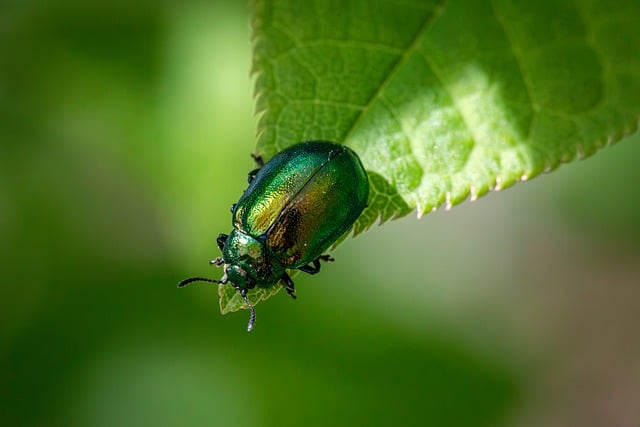
Non-Chemical Pest Prevention takes a holistic approach to managing pests, prioritizing methods that are gentle on the environment and harmless to humans and pets. Unlike traditional chemical pesticides, eco-friendly pest control options work by understanding the intricate relationships within ecosystems. This involves identifying and addressing the root causes of pest infestations, such as poor sanitation, inadequate ventilation, or the presence of alternative food sources.
By adopting a proactive and integrated strategy, this method aims to disrupt the life cycles of pests naturally. It encourages practices like regular cleaning and maintenance, structural repairs, and the introduction of natural predators or repellents. These measures not only effectively prevent pest issues but also promote long-term sustainability, ensuring a healthier and safer living environment without resorting to harsh chemicals.
Benefits of Eco-Friendly Pest Control Methods

The shift towards eco-friendly pest control methods offers a multitude of benefits for both environments and human health. These natural solutions avoid the use of harmful chemicals, thereby reducing pollution and minimizing exposure to toxic substances. By leveraging biological agents, plants, and non-toxic materials, eco-friendly methods promote biodiversity and maintain ecological balance. They are particularly advantageous in residential areas, schools, and healthcare facilities where chemical usage can pose significant risks.
Moreover, eco-friendly pest control practices are cost-effective in the long run, as they prevent the development of chemical resistance among pests and reduce the need for frequent treatments. This approach also supports sustainable agriculture by promoting healthy soil and water systems, ensuring a greener and more resilient future for all.
Common Pests and Their Natural Solutions

Pests can range from ants and spiders to more invasive species like termites and rodents. Instead of reaching for chemical pesticides, consider eco-friendly alternatives that harness nature’s own defenses against these common intruders. For example, ants can be deterred using natural repellents like cinnamon or peppermint oil, while spider webs can be minimized with regular cleaning and the placement of lavender or mint plants.
For termites, introducing beneficial insects like nematodes that feed on termite larvae offers a biological control method. Rodents can be discouraged from entering homes by sealing entry points with natural materials like steel wool or by planting herbs like mint and thyme around the perimeter, as they dislike their strong scents. These non-chemical methods not only protect your living space but also preserve the environment, making them ideal solutions for those seeking eco-friendly pest control.
Creating an Unwelcoming Environment for Pests

Creating an unwelcoming environment for pests is a key aspect of non-chemical pest prevention, focusing on eco-friendly solutions to deter and control invaders naturally. This involves understanding and modifying the conditions that attract them in the first place. By eliminating sources of food, water, and shelter, you can make your space less appealing to pests. For instance, regular cleaning and sanitation practices remove debris and food remnants that may lure insects or rodents. Additionally, sealing entry points like cracks, gaps, and holes prevents easy access for pests seeking refuge or food.
Eco-friendly pest control methods also encourage the use of natural repellents and predators. Planting specific herbs and flowers known for their pest-repelling properties can deter various insects without resorting to chemicals. Introducing beneficial insects like ladybugs or lacewings can naturally control populations of harmful pests. These biological controls are not only effective but also safe for the environment, ensuring a healthier ecosystem while keeping pests at bay.
Integrating Plants for Organic Pest Management
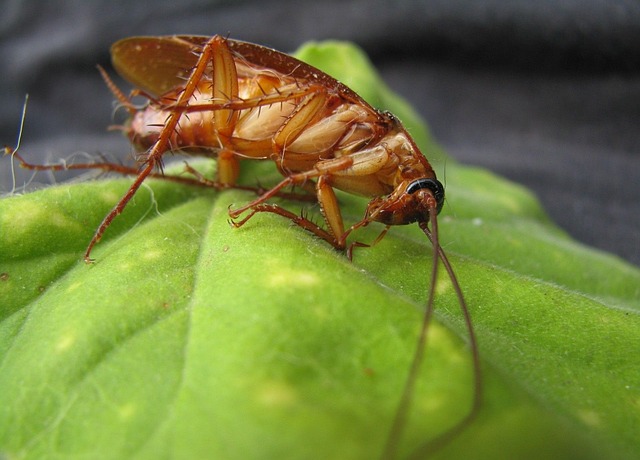
In the pursuit of eco-friendly pest control, integrating plants for organic pest management is a strategic approach that leverages nature’s own defense mechanisms. Certain plants possess natural properties that repel pests, acting as biological barriers against common intruders. For instance, mint, lavender, and marigolds are renowned for their ability to deter insects, such as aphids and beetles, through aromatic compounds they release. This organic method not only reduces reliance on chemical pesticides but also promotes a harmonious ecosystem within your garden or farm.
By carefully selecting and strategically placing these pest-repelling plants, you can create an environment that supports biodiversity and discourages harmful insects. This integrated approach to pest management is not only effective but also sustainable, ensuring the long-term health of crops and ecosystems without compromising the environment. It’s a win-win solution for both farmers and nature enthusiasts seeking eco-friendly alternatives to conventional pest control methods.
The Role of Predators and Beneficial Insects
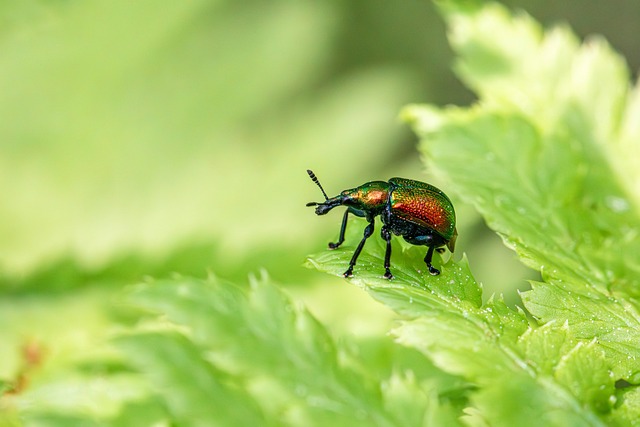
Predators and beneficial insects play a pivotal role in eco-friendly pest control, offering a natural and sustainable approach to managing pests. These insects, often referred to as biological control agents, are an essential part of an integrated pest management (IPM) strategy. By introducing or encouraging these helpful creatures into your environment, you can effectively reduce pest populations while minimizing the need for chemical interventions.
Beneficial insects include a diverse range of species such as ladybugs, lacewings, and parasitoid wasps. Each has unique feeding habits, with some consuming pests directly, others laying eggs inside pest hosts, and some parasitizing pest larvae. This natural predation helps keep pest numbers in check, preventing them from reaching harmful levels that could necessitate chemical treatments. The use of these biological agents is an environmentally conscious method of pest prevention, ensuring a healthier ecosystem while maintaining the balance of nature.
Physical Barriers: A Durable Solution
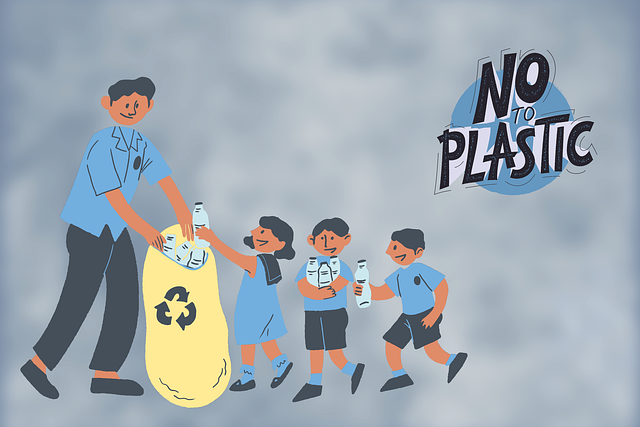
Physical barriers form a robust and eco-friendly pest control method, offering a durable solution for various pests. These natural defenses involve creating obstacles that prevent insects, animals, or intruders from accessing sensitive areas like gardens, farms, or homes. Examples include fences, nets, traps, and physical repellents like plant essences or ultrasonic devices.
Unlike chemical alternatives, physical barriers are non-toxic, ensuring a safer environment for both humans and wildlife. They also prove cost-effective over time as they require minimal maintenance and replacement. This method is especially beneficial for organic farming and eco-conscious households, promoting a harmonious coexistence with nature while effectively managing pests.
Community Involvement and Education
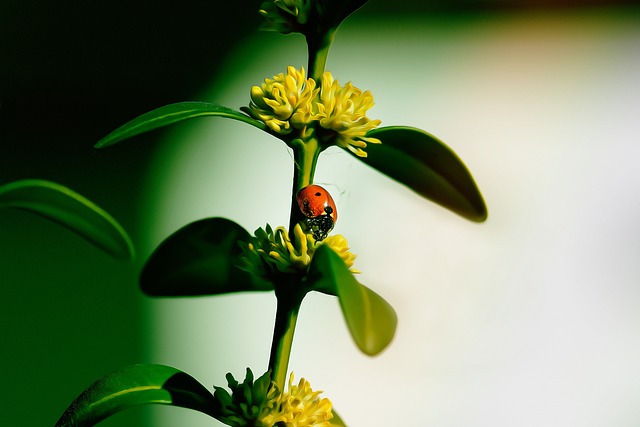
Community involvement and education play a pivotal role in promoting eco-friendly pest control methods. Encouraging residents to actively participate in pest prevention can lead to significant reductions in chemical usage. By fostering a culture of awareness, communities can empower individuals to make informed decisions about pest management. This includes teaching residents about the habits and habitats of common pests, enabling them to implement non-chemical strategies like sanitation, exclusion, and biological control.
Educational initiatives can be targeted at schools, community centers, and local businesses, ensuring that everyone from children to adults understands the benefits of eco-friendly pest control. These programs can highlight the potential hazards of chemical pesticides, both for human health and the environment, and offer practical alternatives that are safe and effective. Such efforts not only contribute to a healthier ecosystem but also foster a sense of collective responsibility for sustainable living.
